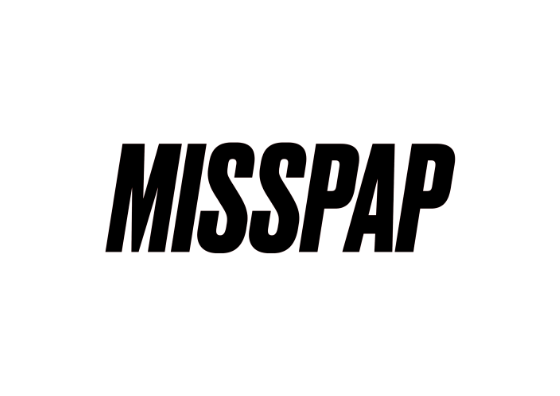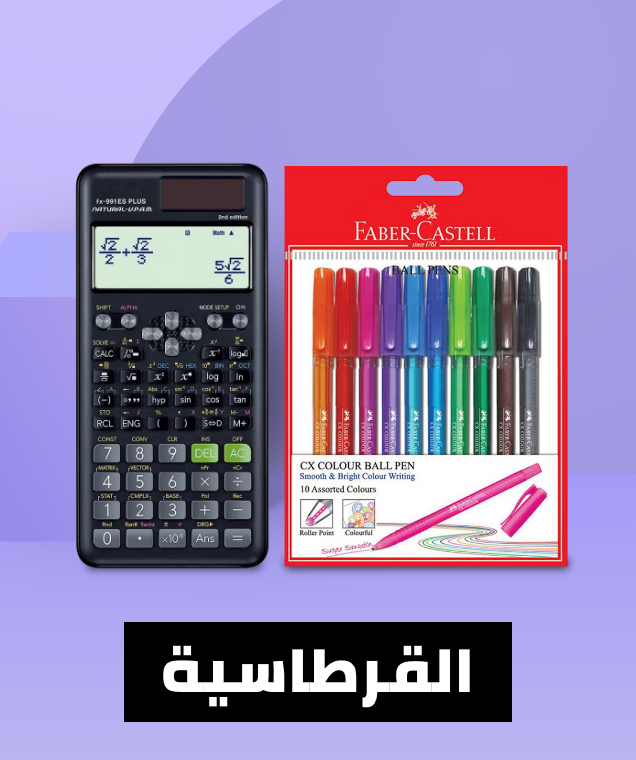English
- استرجاع مجاني وسهل
- أفضل العروض
Introduction To Rubrics: An Assessment Tool To Save Grading Time, Convey Effective Feedback and Promote Student Learning paperback english - 15 November 2012
قبل:
196.00 د.إ.
الآن:
182.00 د.إ. شامل ضريبة القيمة المضافة
وفرّت:
14.00 د.إ. خصم 7%
 توصيل مجاني
توصيل مجاني
احصل عليه خلال 26 - 27 نوفمبر

احصل على 5% رصيد مسترجع باستخدام بطاقة بنك المشرق نون الائتمانية. اشترك الآن. قدّم الحين

ادفع على 4 دفعات بدون فوائد بقيمة ٤٥٫٥٠ د.إ.اعرف المزيد

قسمها على 4 دفعات ب ٤٥٫٥٠ د.إ. بدون فوائد أو رسوم تأخير.اعرف المزيد




1
توصيل مجاني لنقطة نون ومراكز الاستلام
معرفة المزيد
إرجاع سهل لكل المنتجات في هذا العرض.

المنتج كما في الوصف
70%
شريك لنون منذ
7+ سنينالمواصفات
| الناشر | Stylus |
| رقم الكتاب المعياري الدولي 13 | 9781579225889 |
| اللغة | الإنجليزية |
| العنوان الفرعي للكتاب | An Assessment Tool To Save Grading Time, Convey Effective Feedback and Promote Student Learning |
| وصف الكتاب | This new edition retains the appeal, clarity and practicality that made the first so successful, and continues to provide a fundamental introduction to the principles and purposes of rubrics, with guidance on how to construct them, use them to align course content to learning outcomes, and apply them in a wide variety of courses, and to all forms of assignment. Reflecting developments since publication of the first edition, the authors have extended coverage to include: * Expanded discussion on use of rubrics for grading * Grading on-line with rubrics * Wider coverage of rubric types (e.g., holistic, rating scales) * Rubric construction in student affairs * Pros and cons of working with "ready-made" rubrics * Using rubrics to improve your teaching, and for SoTL * Use of rubrics in program assessment (case study) * Application of rubrics in the arts, for study abroad, service learning and students' independent learning * Up-dated literature review |
| المراجعة التحريرية | Acclaim for the first edition: "Introduction to Rubrics has two vital things in its favor. First, it is short, and second, it is packed with useful information. This book is an ideal resource for those who are just beginning to think about using rubrics. However, it is also very useful for those of us who already use rubrics but need to refine our applications or get new ideas about how to optimize their use. There are other resources on the Web that have many more rubric samples, such as Rubistar, but the strength of Stevens and Levi's resource is that it is geared exclusively to college-level teaching, where a site such as Rubistar is not."--Currents in Teaching and Learning From the Foreword: "A rubric, the authors emphasize, is a tool. And their book itself is a wonderful tool for exploring how to use rubrics as tools. For a long time, I have been recommending the first edition to faculty in workshops I lead. I can recommend this second edition with even greater enthusiasm, because it does so much more, and does it so intelligently. The authors offer advice about all the surrounding situations and problems that may accompany rubrics: how to get students involved in rubrics, how to use rubrics with TAs, how to collaborate with other faculty in constructing common rubrics, and how to use rubrics that someone else has constructed. The book focuses on rubrics but offers a great deal of advice about good teaching, good collaboration, and good assessment. In short, this book is a great tool."-- (05/01/2012) Acclaim for the first edition: "Introduction to Rubrics offers an excellent guide to those student affairs professionals who have articulated clear intended learning and development outcomes and sought ways to measure the degree to which students are mastering those outcomes."--Journal of College Student Development Acclaim for the first edition: |
| عن المؤلف | Dannelle D. Stevens is a tenured professor in the Department of Curriculum and Instruction at Portland State University in Oregon where she has been since 1994. Her roots, however, are in the public school classroom where she taught middle school and high school social studies, language arts, and special education for 14 years across four school districts and three states. She received her master's from the University of Utah in 1983, and a doctorate in educational psychology from Michigan State in 1991. Before coming to PSU she taught at Whitman College in Walla Walla, Washington. Whether the topic is rubrics, journal writing, action research or academic writing, her work centers on how adults reflect on what they do and, then, act on those reflections. One of Dr. Stevens' underlying assumptions is that cognitive, social and emotional development does not end with the teenage years but continues through the lifetime. Besides over 75 conference presentations, she has written three books, all designed to impact development of her fellow faculty and their students. Her first book, co-edited with Joanne Cooper, Tenure in the Sacred Grove: Issues and Strategies for Women and Minorities, (SUNY Press, 2002), was written to help faculty women and minorities negotiate the path to tenure. Introduction to Rubrics, now in its second edition, and co-authored with Antonia J. Levi, and Journal Keeping, co-authored with Joanne Cooper, are both published by Stylus Publishing. In addition to teaching classes, she has taken on leadership positions in the department and campus-wide. In the Curriculum and Instruction Department, Dr. Stevens leads teacher licensure cohorts and coordinates the MA/MS program for experienced teachers. For the university at large, she works within the Center for Academic Excellence as faculty-in-residence for assessment. She is chair of the Institutional Assessment Council. Antonia J. Levi is a professor of Japanese history and popular culture who taught for many years in Portland (Oregon) State University's University Studies Program, an innovative common core experience for Freshmen that created and utilizes many of the methodologies found in Introduction to Rubrics. Now retired, she serves part-time as a mentor and curriculum developer in Simon Fraser University's South Bank Writer's Program in British Columbia (Canada) where she is working on expanding the use of rubrics for creative writers. She has over thirty years of active classroom experience, and has worked on numerous projects from creating portfolios for seamless transitions to increasing opportunities for overseas studies programs. Her experience with rubrics in the classroom has contributed to these programs as well. Barbara E. Walvoord is a Professor Emerita at the University of Notre Dame, Indiana. She is the author of numerous books, including Effective Grading: A Tool for Learning and Assessment with V. J. Anderson, and Assessment Clear and Simple: A Practical Guide for Institutions, Departments, and General Educatio |
| رقم الطبعة | 2 |
| تاريخ النشر | 15 November 2012 |
| عدد الصفحات | 232 |
Introduction To Rubrics: An Assessment Tool To Save Grading Time, Convey Effective Feedback and Promote Student Learning paperback english - 15 November 2012
تمت الإضافة لعربة التسوق
مجموع السلة 182.00 د.إ.
























































































































